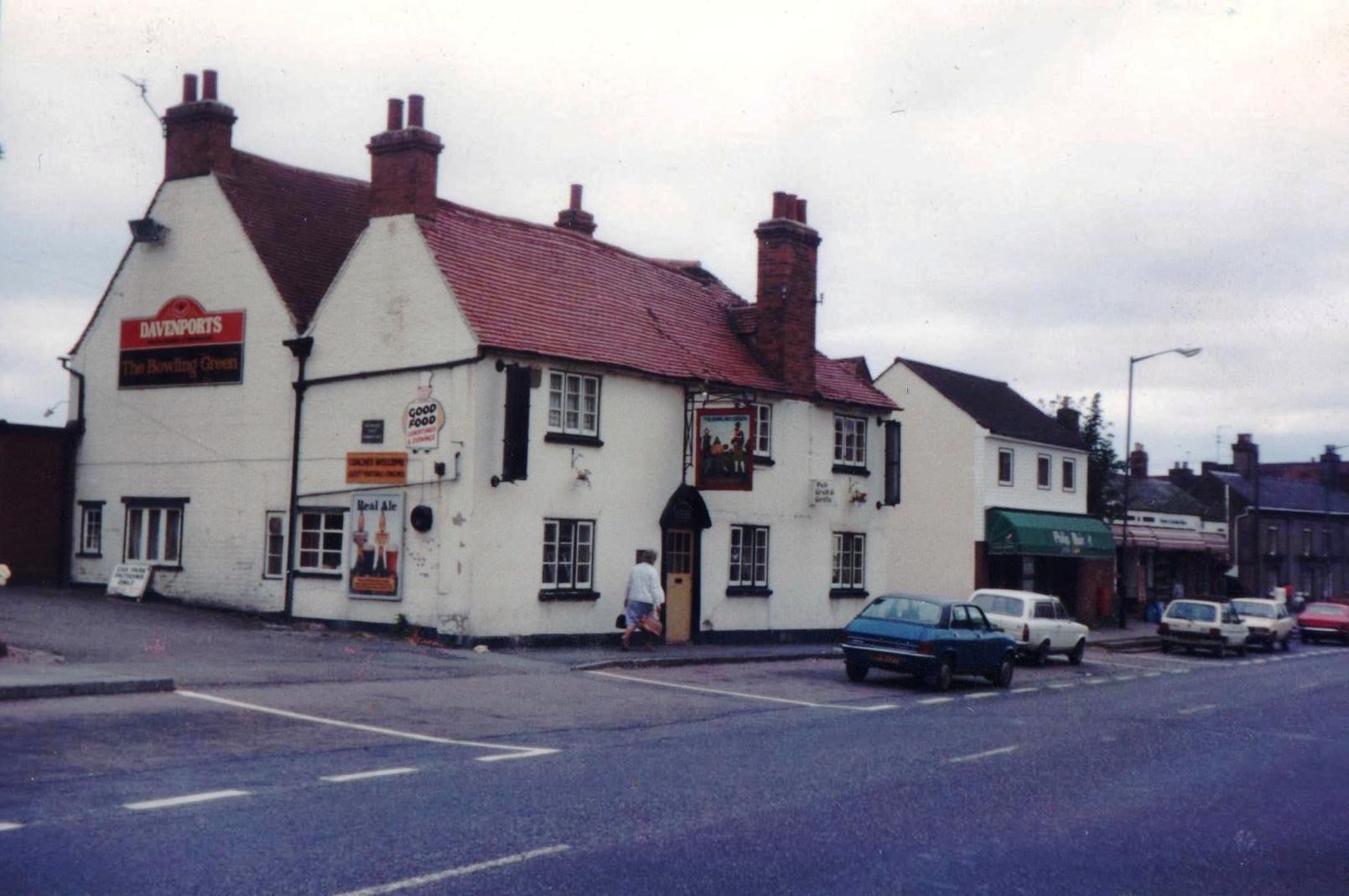CARDALL’S CORNER – July 2017 – By Linda Doyle
In the late 18th / early 19th Century it is estimated that Southam had 15 pubs operating at the same time. Today, Southam has just four remaining public houses, but each of those four pubs boasts a historical background as long as the arm that raises your pint of beer!
During the 17th Century there were at least three public houses in Southam, because they each stamped tokens, a form of small-coinage used by that trader. They were the “Mercer’s Arm’s”, the “Drapers Arms” and the “Bunch of Grapes”. We also know that the “Olde Mint” is one of Southam’s oldest buildings and is thought to be where the Southam tokens were stamped. This was where King Charles’ soldiers were paid and the names mercer and draper were associated with Southam’s wealthy merchant and cloth trades. Indeed, the brother of the “Mercer’s Arms” landlady was a rich Southam merchant dealing in overseas silk and spices. As a public house was originally a house of public trade and not merely a drinking house, perhaps the “Mint” was one of those old named Inns?
The “Olde Mint” was once called the “Horse & Jockey”. In the early 19th Century, because it was situated on the drover’s road through town and at the centre of the Cattle Market, it was where Edward Parsons Fowler, an inhabitant of the Channel Islands, sent a monthly drove of Alderney and Guernsey cattle to be sold by landlord James Whitehead.
The “Black Dog” on Market Hill is also a very old established Inn. Southam Heritage Collection has some early property deeds dating from 1744, when The Black Dog was in the hands of the Palmer family, Lords of Ladbroke Manor. It has had some short name changes, but for most of its life it has remained the “Black Dog”. Although its sign once featured a black dog, it is better known for its association with Guy of Warwick, dubbed the “Black Dog of Arden” due to his swarthy appearance.
Also on the old Cattle Market, but at the top end of Coventry Street, is the “Bowling Green Inn”, named for the bowling green that was still there in the early 20th Century along with tennis courts. This was a favourite place for farmers and auctioneers, and is where Joseph Arch held his famous agricultural labourers meetings. Indeed, in 1873, it is reported in the newspapers that 400 persons met at the “Bowling Green” for a Joseph Arch meeting and sat down to a meal followed by dancing! The photograph shows The Bowling Green as it was in 1985 and before its more recent extensions. Once owned by the Radford Semele brewery, we are planning to hold a talk there later this year by the great-grandson of the Thornley’s brewery owner.
Then there is the “Crown Inn”, subsequently called the “Market Tavern” and now re-named “The Brook”. Situated on the corner of Daventry Street and Wood Street, it is another ancient drover’s Inn just off the Welsh Road. The Pratt family, a farming family, were landlords from about 1760. In 1854, one of the landlord’s sons, Thomas Pratt, aged only 19 years, died in the Crimea War along with another Southam friend of similar age, Thomas Abbotts.
Sensitively restored and refurbished by the present landlord, a front window still contains a triangular glass where a candle would have burnt to let passers-by know when the Inn was open for trade.
If you would like to know more about Southam’s former Inns and its last remaining public houses, our Summer exhibition “A Pint of Ale” is open on Tuesday and Saturday mornings from 10am to 12 noon until the end of September. We also have a map and a leaflet guide to take you on a heritage trail around the 20 or more buildings in Southam that were once, or are still, public houses.
For more details about Southam Heritage Collection, please see our Facebook page and our website www.southamheritage.org You can contact us by emailing southamheritage@hotmail.com or by telephoning Bernard on 01926 613503 or Linda on 01926 814214.


My great grandfather, John M Adams, is shown as landlord of the Horse & Jockey in the 1871 census “publican, butcher and farmer of 19 acres”